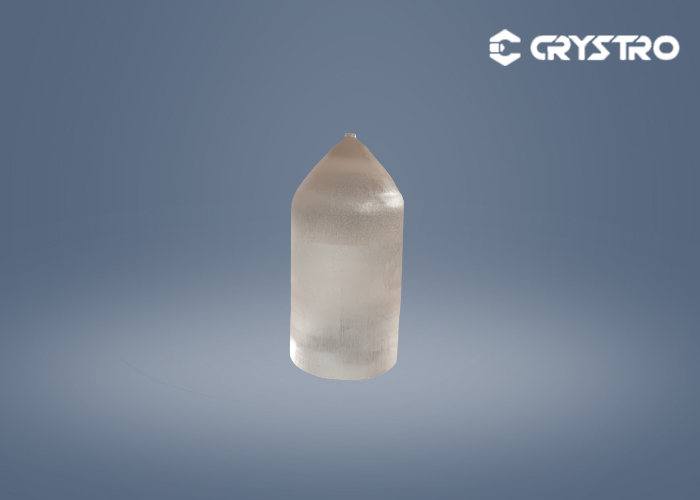
Crystro helps Tsinghua University make new breakthroughs in space cryogenic refrigeration research
Publishdate:2021-09-02 Views:501

The cryogenic detector Laboratory of the Department of astronomy of Tsinghua University has recently made important progress in the research of space extremely low temperature refrigeration, breaking through the technical bottleneck of 100mk (0.1 degree above absolute zero) on the self-developed adiabatic demagnetization refrigeration principle prototype. GGG Crystal developed by crystro is used as the core magnetic refrigeration material in this adiabatic magnetic refrigeration prototype.
The extremely low temperature adiabatic demagnetization refrigerator will be used to provide the working temperature below 100mk for the space detector to achieve the accuracy of X-ray single photon energy measurement. The refrigerator may first be applied to the dixe experiment of the Chinese space station to realize high-resolution X-ray spectrum Sky Survey for the first time in the world.
Magnetic refrigeration is a refrigeration technology based on magnetic materials. Its basic principle is to use the reversible magnetocaloric effect of magnetic refrigeration materials, that is, the magnetic refrigeration materials release heat to the outside when they are isothermal magnetized, and absorb heat from the outside when they are adiabatic demagnetized, so as to achieve the purpose of refrigeration.
According to the division of application temperature, GGG Crystal is mainly used in the very low temperature region below 20K, and has been successfully used in he Ⅱ flow and helium liquefaction pre stage refrigeration. Because magnetic refrigeration technology has the advantages of high efficiency and energy saving, no environmental pollution and reliable operation, it has a very broad application prospect in space exploration, nuclear technology and other national defense fields.
